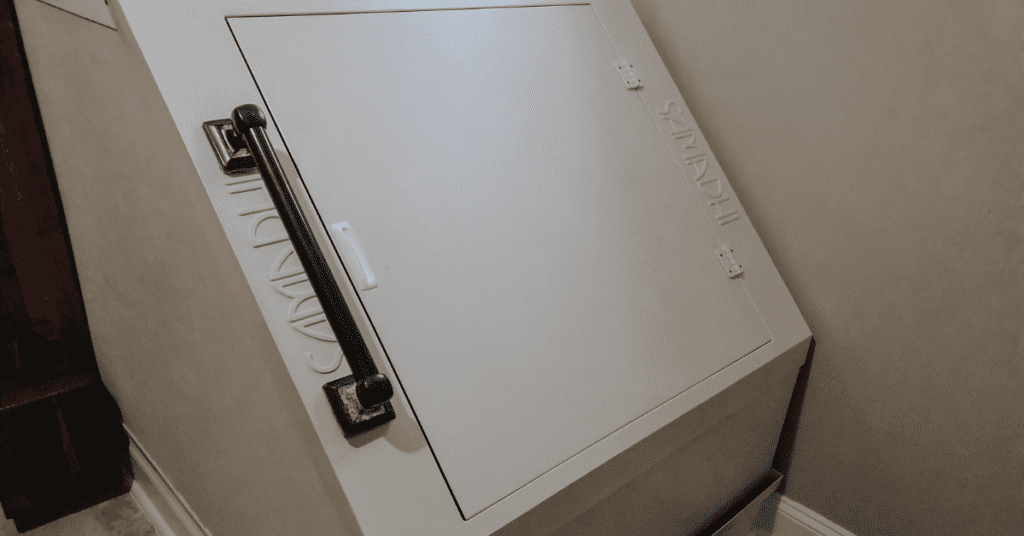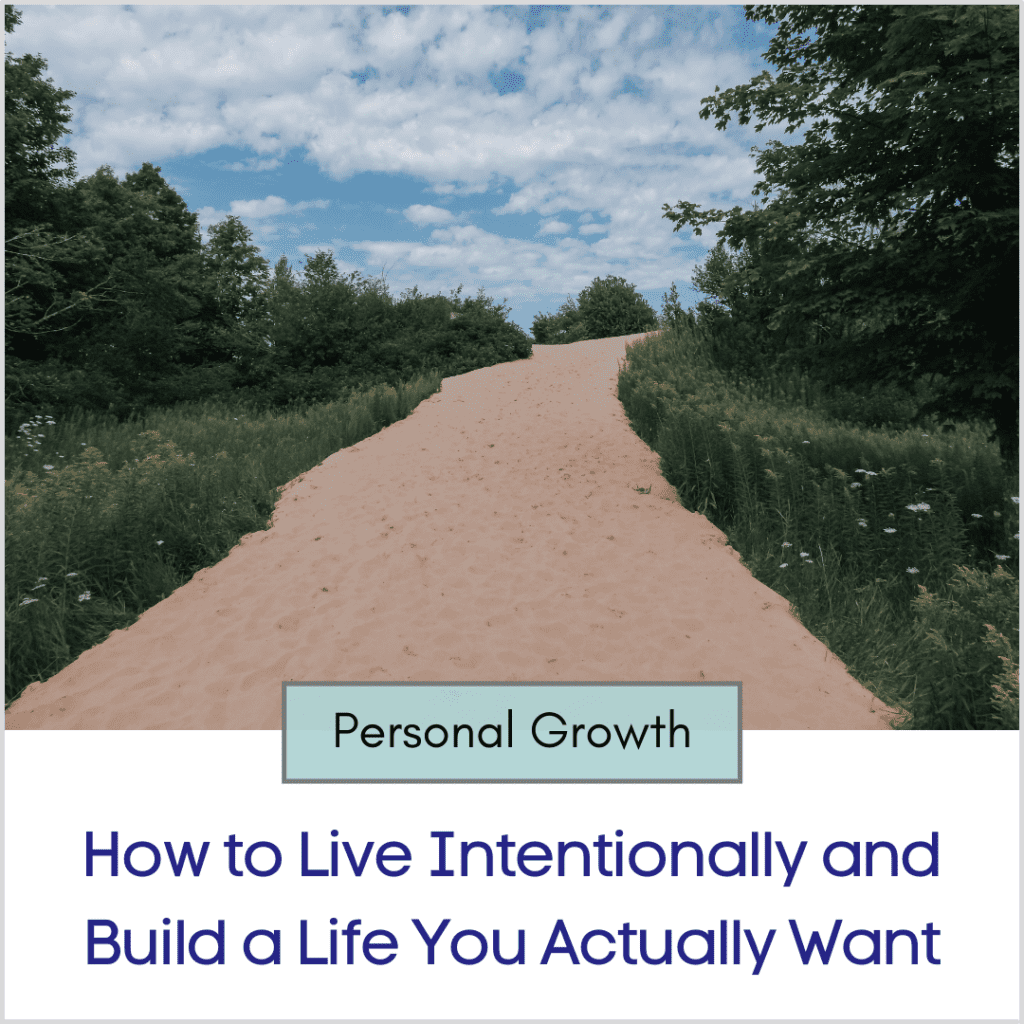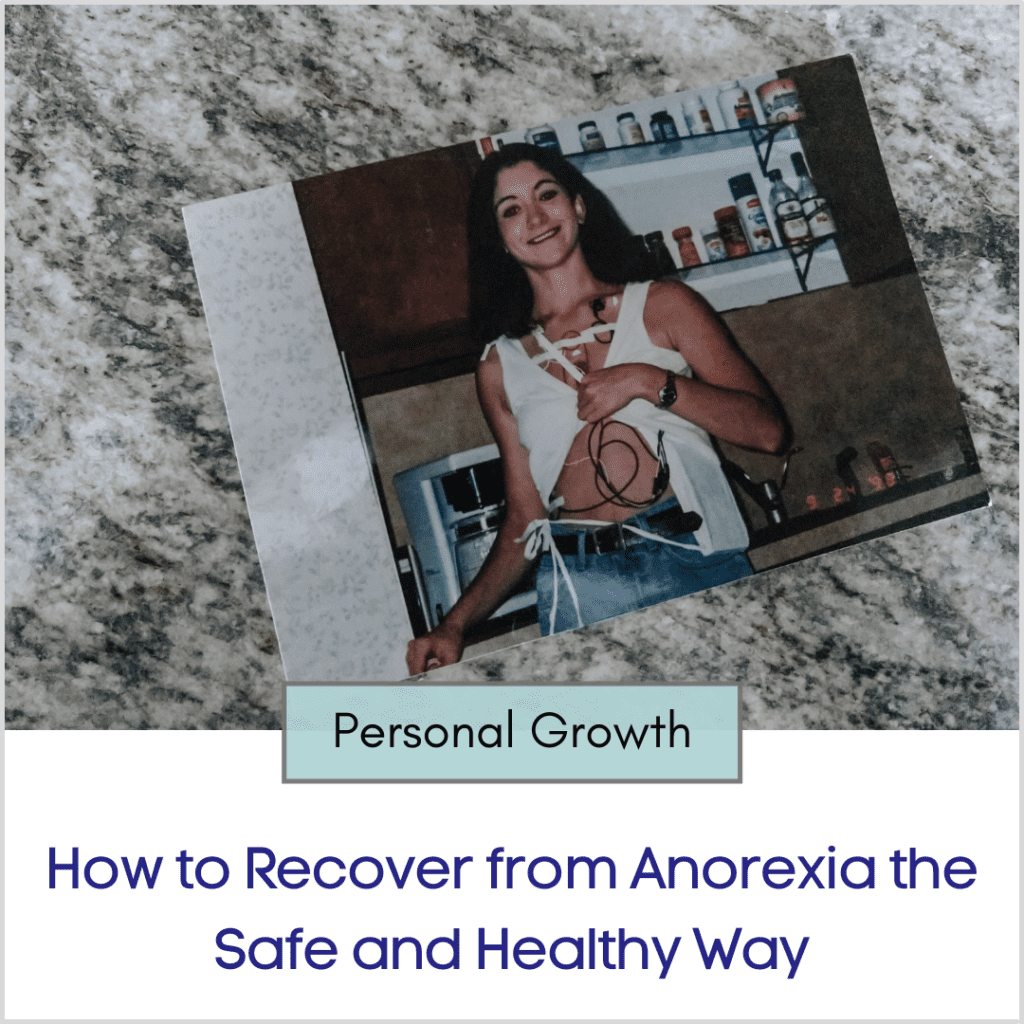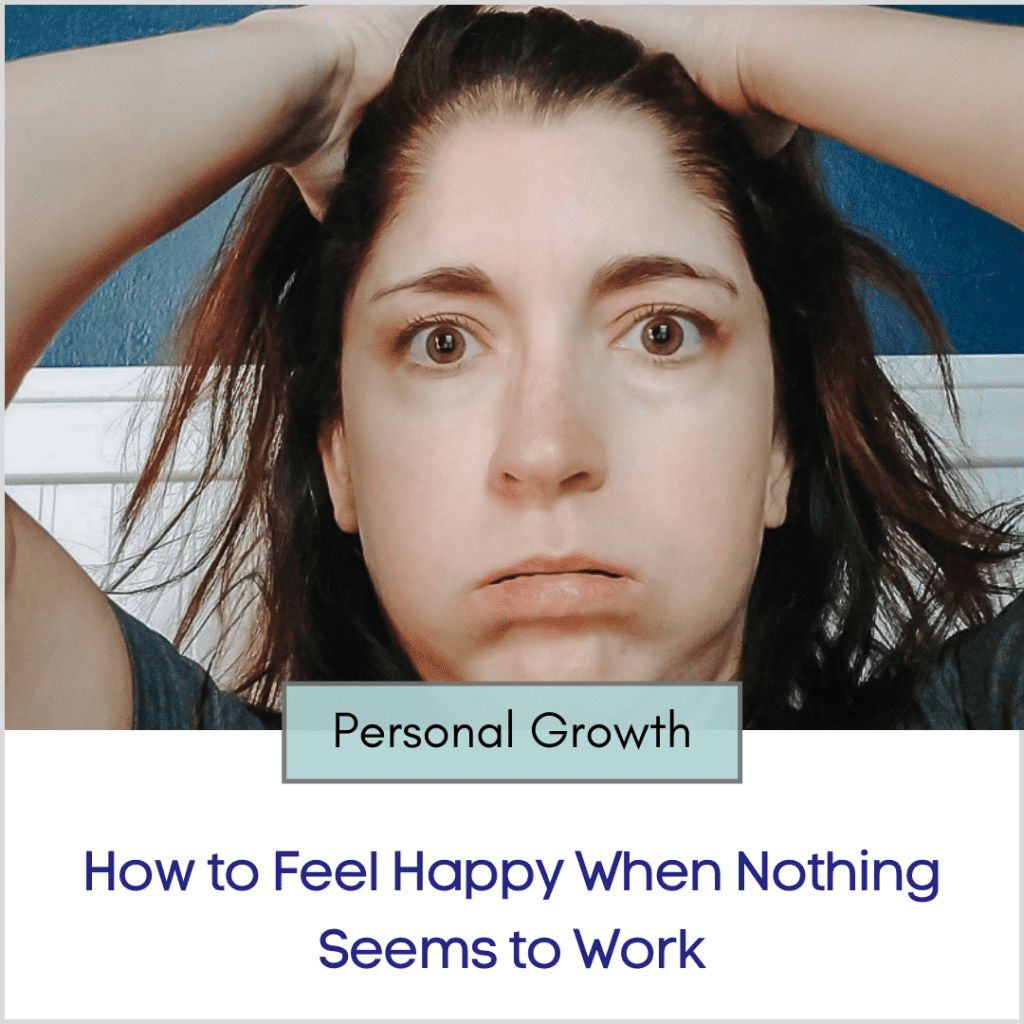
Float and Massage
One thing I’ve gotten really good at in the last few years is self-care.
To be honest, I can’t believe how many years I wasted not recognizing my own needs and caring for myself.
My story is like so many others. I was so busy taking care of everyone else in my life that I always put myself last, and I would even feel guilty if I wanted to do something just for myself. What a shame!
What I didn’t know then, and what I do know now, is that taking care of our needs first actually helps us take better care of those around us in the long run.
When you’re happy, fulfilled, and stress-free, you become a much better version of yourself so you are a better friend, parent, worker, and partner.
It’s not selfish to practice self-care, but it is foolish not to. And boy, was I a fool for a long time.
Luckily, I finally realized just how important self-care is, and I started trying out different techniques to see which ones worked well for me.
Fortunately, there are so many great self-care ideas out there, but we’re all different people with different wants and needs, so it’s important to discover which self-care techniques work best for you by actually trying them out.
For example, I know that I love
- bubble baths
- good books
- yoga
- staying hydrated
- eating healthy -and-
- getting a good night’s sleep
But I can do without
- journaling
- painting
- creating vision boards -or-
- buying myself gifts
There is absolutely nothing wrong with those forms of self-care. They just don’t bring me any joy. And that’s okay.
My husband, on the other hand, has zero interest in bubble baths or doing yoga.
He recharges through social interactions so he thrives most while doing fun activities with our friends and family.
And you really don’t know what self-care techniques will work best for you until you experiment a little.
A few years ago, I was in a really bad car accident and my car was totaled.
I was left with rib fractures, deep bruises, chemical burns, glass in my knees, and whiplash that presented itself weeks later. I was in an incredible amount of pain and got pretty depressed because I needed help doing daily tasks and taking care of my kids.
I’m a very independent person so I was really on the struggle bus at that time.
The first few weeks were beyond awful, but it was months before I felt back to my normal self and could do everything on my own again.
Seeing all of this first hand, but living in a different city and helping me as much as he could, DJ surprised me with a gift certificate to a massage therapist who specializes in injuries and also happened to have a sensory deprivation tank.
See why I ended up marrying him?
I wasn’t sure if I wanted to try it at first or not. I don’t usually experience claustrophobia, but I was having a lot of panic attacks every time I was in a car as a result of the accident, and I was worried that getting inside the tank would really bother me.
Thank goodness I pushed myself to try it anyway!
Since then, the float and massage combination has become my favorite form of self-care, and it’s one I think you should definitely consider trying.
What is a Sensory Deprivation Tank
So what is a sensory deprivation tank anyways?
A sensory deprivation tank is an enclosed tub that is dark and soundproof. They are designed to eliminate all external stimuli so that you do not see or hear anything outside of the tank.
So basically, they’re used for restricted environmental stimulation therapy or REST for short.
They are then filled with a foot or less of water heated to body temperature and Epsom salts which makes the water so buoyant that you float at the surface.
There is so much salt in the water that it’s not possible to go under it. Believe me, I’ve tried.
I’ve always wanted to float in the Dead Sea so this is the closest I have gotten to the experience so far.
Once you’re inside the tank, you are completely in the dark, floating in warm water, and left alone to your thoughts.
The first time I went, I kept the door open for a little while and slowly worked up the nerve to shut it. And don’t think I didn’t test the door to make sure it opened easily because I did that several times too.
But once I relaxed, I really relaxed.
I’ve never experienced relaxation like I do when I’m in the sensory deprivation tank. Within minutes, every thought in my head, everything on my to-do list, and every worry I have quietly slip away.
For someone with high energy and anxiety like me, floating has become a godsend.
During a normal day, I am running around accomplishing things and my mind is filled with thoughts that never stop.
But when I’m in the tank, I can truly tune in to my body and slow down.
I feel the water that feels warm and slippery between my fingers. I feel the softness of the pillow below my head. And I feel the lightness of my whole body being held above the water by the salt.
At the spa I go to, they give you earplugs and the choice of whether or not to listen to peaceful music ever so softly in the background.
I was worried a whole hour would seem like an eternity in the sensory deprivation tank, but it’s always felt like exactly the right amount of time to me.
I’m so glad that my husband helped me discover my new love of floating in a sensory deprivation tank, and I hope that you’re able to try it too to see what you think.
Floating Benefits
There are so many great benefits to floating in a sensory deprivation tank for both your body and your mind:
- Reduces stress
- Reduces blood pressure
- Reduces depression
- Reduces anxiety
- Reduces muscle tension
- Reduces burn-out syndrome
- Reduces pain
- Reduces chronic pain
- Increases relaxation
- Increases creativity
- Increases altered states of consciousness
- Increases optimism
- Increases sleep quality
- Increases happiness
- Increases overall well-being
Floating is a great way to take care of both your physical and emotional needs.
What is a Full-Body Massage
At many spas, an hour float is followed by an hour-long full-body massage.
This floating and massage combination is what I recommend. It’s the ultimate in self-care.
So what exactly is a full-body massage?
A full-body massage is a massage done on your whole body including your head, neck, shoulders, back, legs, and feet.
You’re asked to disrobe your clothing items to your comfort level, and then you lay down on a massage bed under several layers of sheets and blankets before the therapist returns to the room.
A licensed massage therapist will then work on certain parts of your body at a time, and the rest of your body will remain under the covers.
A full-body massage can be a very relaxing experience and many spas will play peaceful music in the background and use essential oils for aromatherapy, as well.
During a full-body massage, you may realize that you have pain and tension in certain parts of your body that you were previously unaware of, so you may feel significantly better after the massage ends.
And then you’ll want to drink plenty of water after a massage to stay hydrated, reduce muscle soreness, and release toxins that have built up in your body.
Full-Body Massage Benefits
There are also so many great benefits to full-body massages for both your body and your mind.
- Reduces anxiety
- Reduces muscle tension
- Reduces symptoms of digestive disorders
- Reduces symptoms of Fibromyalgia
- Reduces symptoms of Myofacial pain syndrome
- Reduces soft tissue strains or injuries
- Reduces pain from sports injuries
- Reduces Temporomandibular joint pain
- Reduces headaches
- Reduces stress-related insomnia
- Increases circulation
People thrive from safe human touch, so massage therapy is a great option for self-care.
So don’t forget to book your floating and massage combo soon at a local spa near you.
Self-care is an important part of life so don’t neglect your own needs any longer.
Love What You’re Seeing So Far?
- Enjoy community support
- Never miss a life-changing post again
- Get immediate access to the free resources library
- Be the first to know about giveaways
What’s your favorite form of self-care? Share your thoughts in the comments section below.







I go for regular massages but I’ve never tried a sensory deprivation tank – it’s on my list of things to do when I can!
You should definitely try it. I honestly didn’t know if I’d like it or not, but I loved it. Now I go a few times a year.
This is so funny Brooke I also am not a fan of any of the types of self-care you said you didn’t like, also affirmations. I’m just not into them.
But I do absolutely love massage. When I lived in Phoenix where it was cheaper I used to get them monthly which was amazing. I would love to do that again someday. It did really help. I’ve never tried this sensory deprivation tank but I would absolutely love to give that a shot if I ever get the chance. I’ve never actually seen one, but I do know about them from stranger things on television 😂
Yes! Luckily they are much more relaxing in real life than in Stranger Things. I wouldn’t get in one otherwise.
Oh wow, this looks great! Would love to get a massage like this one, especially during this lockdown!
xoxo Olivia
I know right. I could really go for this now too.
Massage therapy has long been one of my favourite forms of self-care. I see my massage therapist once a month, the focus of the massage changing from appointment to appointment depending on what I’ve been doing. For example, if I have been camping, my back often hurts from sleeping on an air mattress on the ground – so that appointment would be focused around my back. That kind of maintenance has been SO important for my well-being, physically and mentally.
That’s so great to hear. I would love to go once a month. How do I talk my husband into that?
I would love to get a massage like this! It definitely is the perfect thing to do for self care!
You should try it. It is very relaxing.
It sounds like a great combo, but something about isolation makes me more nervous and stressed. I’ll take the full hour massage though!
I was the same way at first. I just grew to love it.